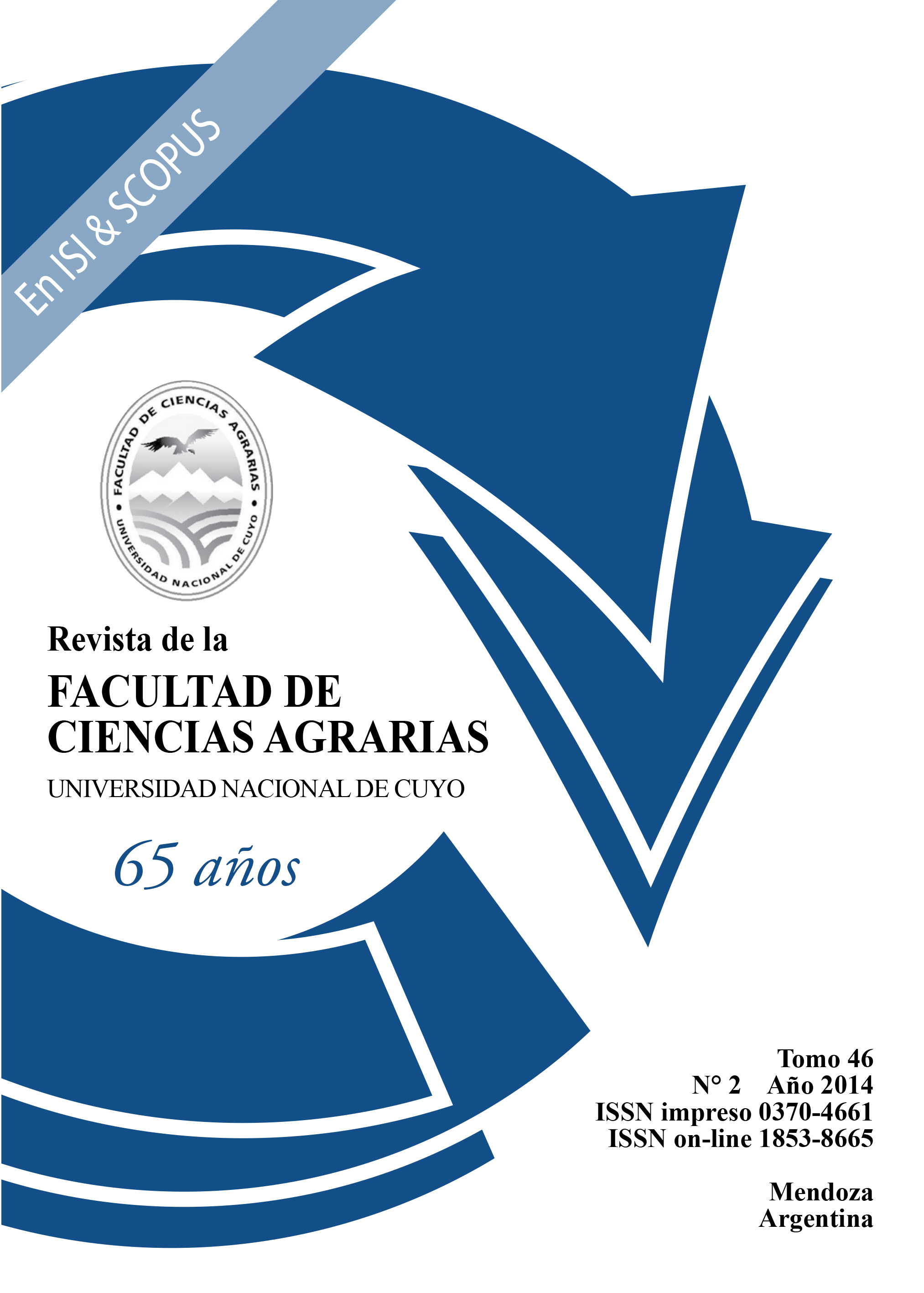Heavy metal contamination in sediments of a riparian area in San Luis Potosi, Mexico
Keywords:
land use, environmental impact, pollution, seasonAbstract
The aim of this study was to determine the presence of heavy metal in sediments of a fragmented riparian area, as an indicator of environmental pollution in San Luis Potosi, Mexico. Eleven sampling points, including four different land uses were established: Pond, Agriculture, Livestock and Rural Settlement. Sediment samples were taken during the seasons of spring, summer and autumn 2010, and winter 2011. The technique of ICP-MS was used to determine Pb, Cd, Cu, and Zn data analysis was performed with Minitab®. Land use has an effect on the accumulation of Cu, Zn and Cd, with the agricultural area containing the highest concentrations. The season was a significant factor for concentrations of Zn, Cd and Pb, emphasizing spring 2010 and autumn 2010, respectively. Significant correlations were found between Cu-Zn (r = 0.746), Pb-Cu (r = 0.635) and Cd-Zn (r = 0.720). The normal limits of Cu, Cd, Zn and Pb in sediments established by the Canadian Environmental Quality Guidelines were exceeded. By using other scientific and technical sources, maximum levels of Cu, Cd and Pb were defined with a condition of high pollution. This condition is attributed to the land use change dynamics, to wastewater discharges, and urban, agricultural and livestock wastes. Thus, a further environmental assessment is recomended for the study area.
Downloads
Published
Issue
Section
License

This work is licensed under a Creative Commons Attribution-NonCommercial-ShareAlike 3.0 Unported License.
Aquellos autores/as que tengan publicaciones con esta revista, aceptan las Políticas Editoriales.



